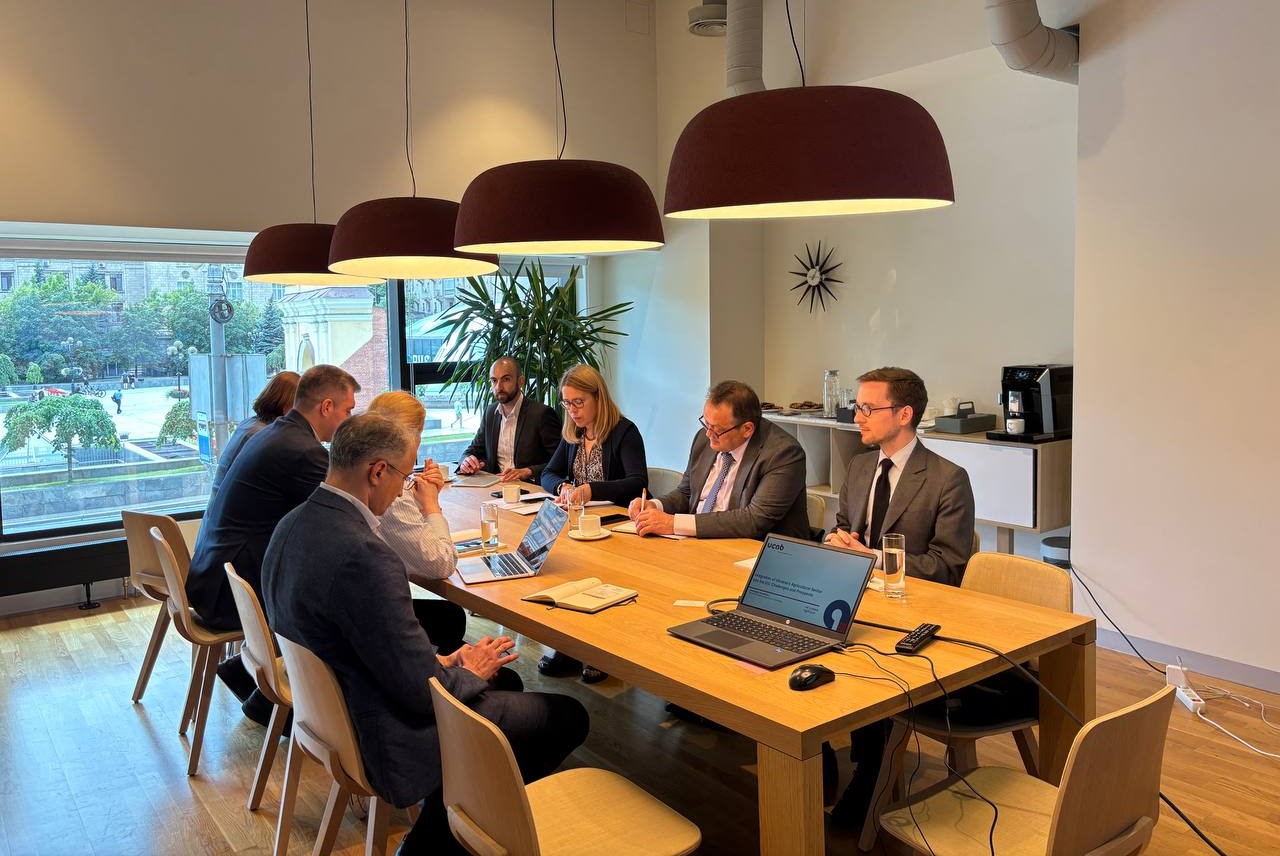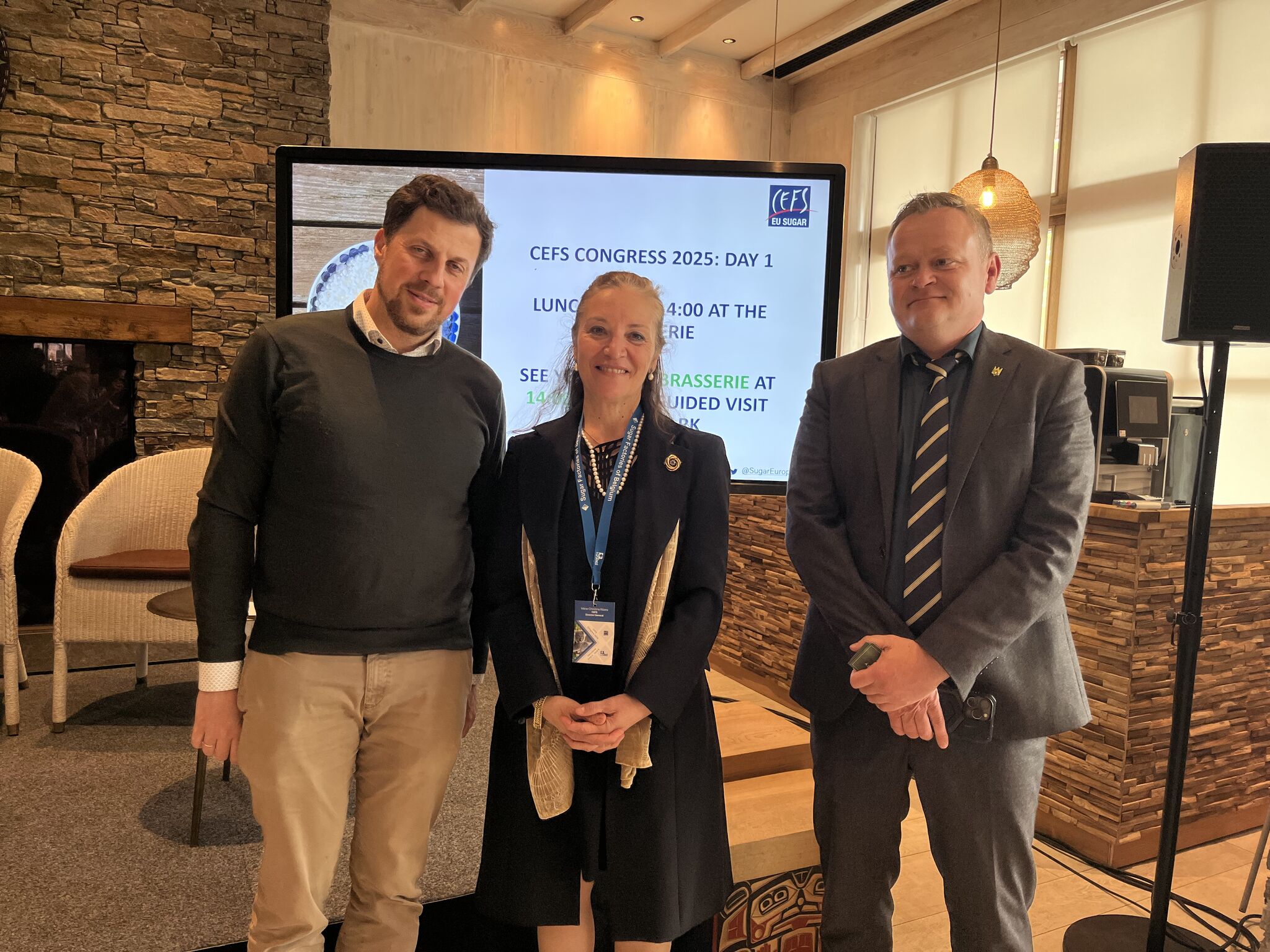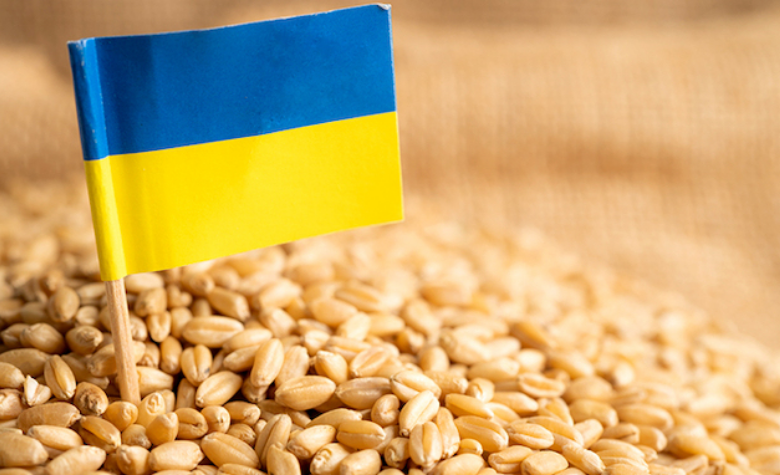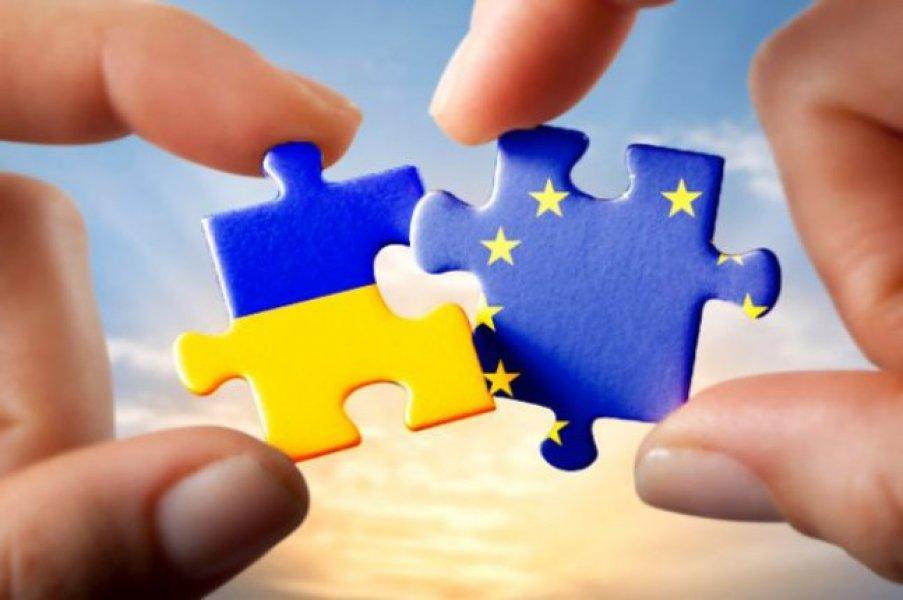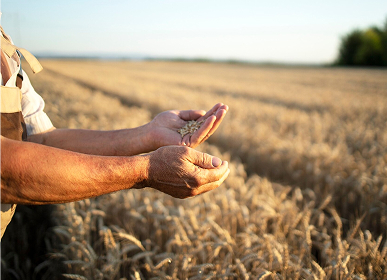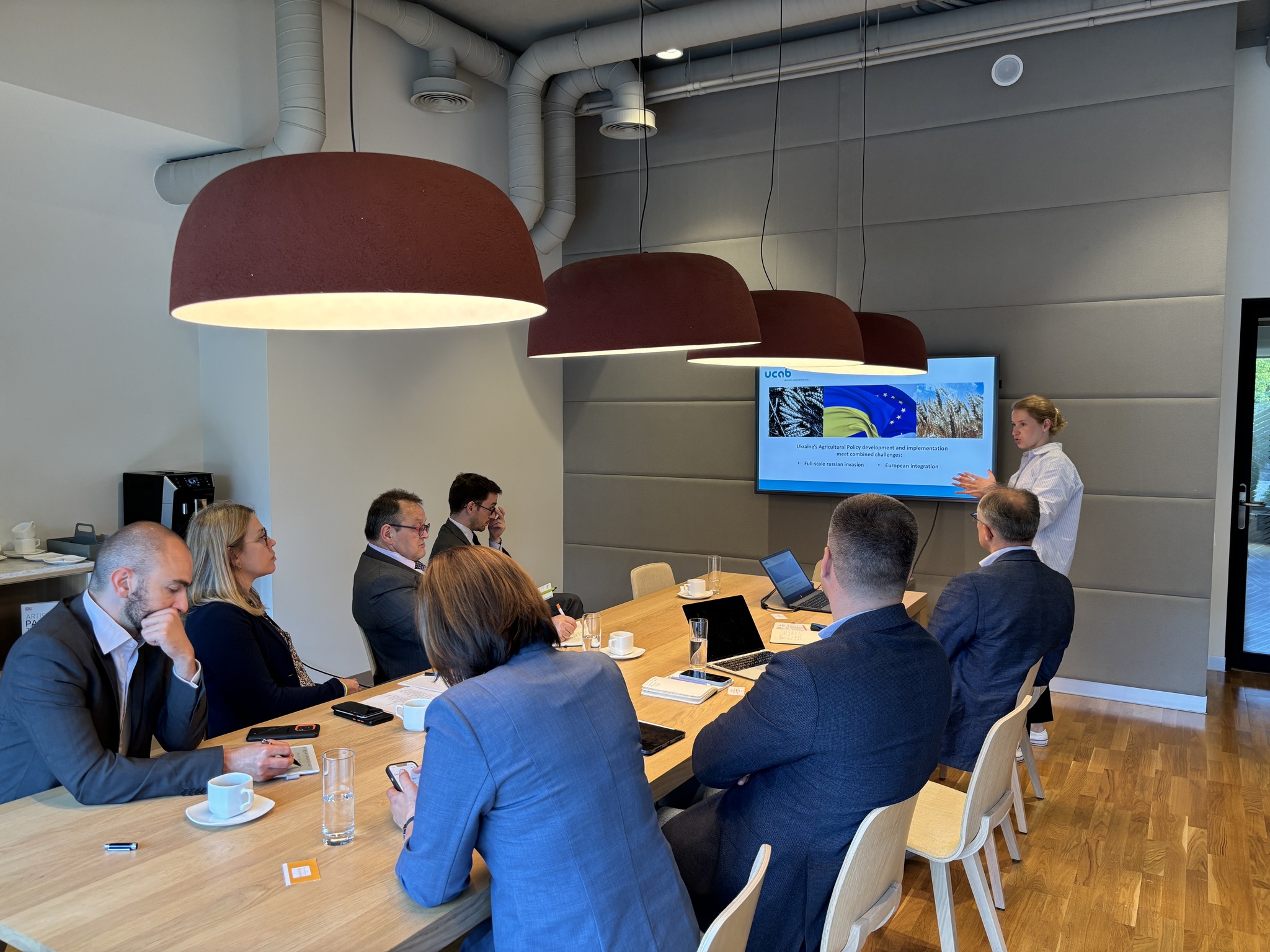
On July 18, at the initiative of the Ukrainian Agribusiness Club (UCAB) and the Dutch Agricultural and Fruit and Vegetable Association (LTO), a strategic online meeting was held, bringing together representatives of the UAC, the All-Ukrainian Agrarian Forum, the Ukrainian Poultry Farmers Union, and the State Service of Ukraine for Food Safety and Consumer Protection on one side, and the Dutch Agricultural and Horticultural Organization (LTO) and the European agricultural confederation COPA-COGECA on the other. The main focus of the discussion was the prospects for European integration of the Ukrainian poultry industry, its compliance with EU standards, and its export potential.
Serhiy Karpenko, director of the Ukrainian Poultry Farmers Union, presented the participants with the dynamics of the industry’s development, which has undergone a real revival since the early 2000s thanks to large-scale investments, production upgrades, and improvements in breeding resources. In particular, from 2000 to 2010, poultry meat production in Ukraine increased more than 20 times, and its consumption reached European levels. Similar trends were observed in egg production. The expert also highlighted the serious challenges facing the industry due to the war. In particular, in 2022, there was a reduction of 6 million birds in households.
Due to the closure of seaports, all export logistics were redirected to road transport to EU ports, which led to higher transportation costs, a shortage of refrigerated trucks, and a decrease in export volumes. However, in 2024, poultry meat and egg production stabilized, and export figures are approaching pre-war levels.
In 2024, Ukraine exported 137,000 tons of poultry meat, 31% of which went to the European Union. The main markets remain the MENA countries, the EU, and the United Kingdom. Egg exports in the first half of 2025 almost doubled, with the EU accounting for 71% of exports. The key destinations are Israel, Singapore, and the United Kingdom.
In conclusion, Serhii Karpenko emphasized that, despite all the difficulties, Ukrainian poultry farming remains stable, demonstrates export potential, and has every chance of deep integration into the EU’s agricultural space. However, this requires adapting legislation, improving logistics, and ensuring stable support from the state.
Representatives of the State Food and Consumer Service reported that the veterinary control system in Ukraine complies with EU standards and is based on multi-level management. Monitoring is carried out using a risk-based approach, covering all poultry groups, and modern diagnostic methods are used.
Separate mention is made of state programs for the control of salmonellosis, which in Ukraine are financed from the state budget, unlike in the EU. In 2025–2027, a joint epizootic monitoring program will be launched with the support of the European Commission.
The gradual implementation of EU requirements in the field of animal welfare was also emphasized. These standards are already being practiced in poultry farming, especially at exporting enterprises. The training of inspectors has been ongoing for over 10 years, with the participation of experts from the EU and international organizations. By the end of the year, the state plans to form a sufficient personnel reserve for full-fledged control.
At the end of the official part of the meeting, there was a separate question and answer session. Representatives of Dutch agricultural associations asked a number of practical and technical questions about poultry housing conditions, product labeling, and the use of monitoring and control systems for salmonellosis. Ukrainian experts provided detailed explanations, demonstrating transparency and readiness for open dialogue.
UCAB thanks the representatives of the Ukrainian agricultural sector for their informative expert presentations, and our partners from the Netherlands for the fruitful dialogue, openness to exchange experience, and unwavering support for Ukraine’s European integration course. Such meetings are an important platform for forming a common vision of the future of Ukrainian poultry farming in the European space.
